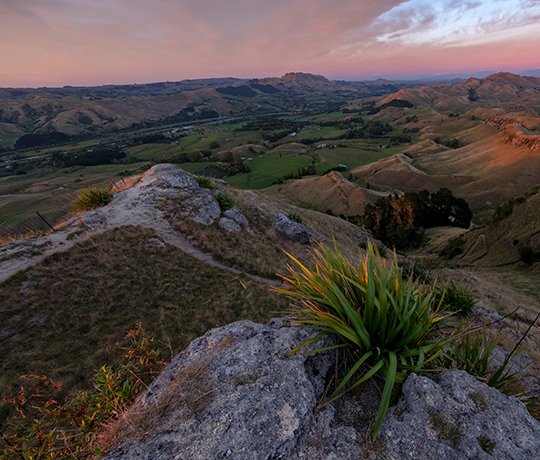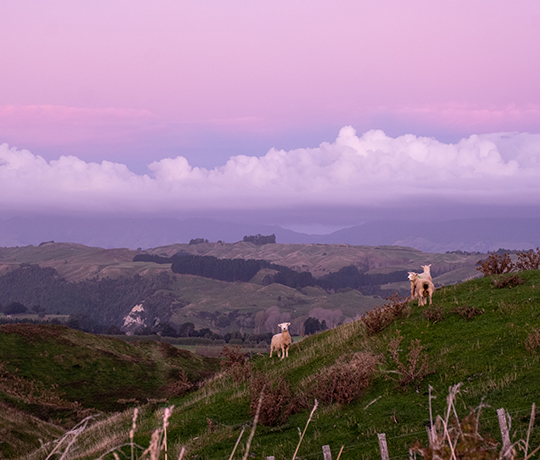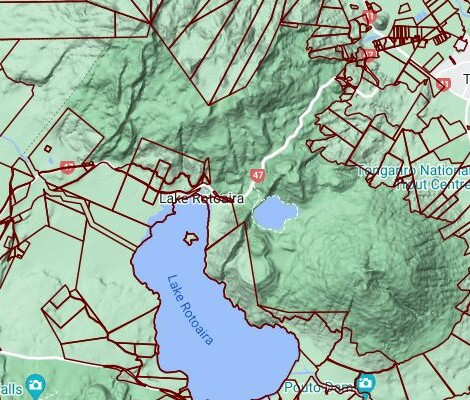LUC Surveys
- Home
- » Topics
- » LUC surveys
The New Zealand Land Resource Inventory (NZLRI) projects of the 1970s and 1980s mapped LUC regionally.
This was done for a variety of reasons relating to size and experience of the mapping teams, logistics of the mapping approach, and the contractual setting.
Five key physical soil and land resource factors that drive land use capability were mapped.
The five physical factors are:
- Soil – A dominant soil type is mapped. The soil type units used in the NZLRI are based on the soils described in a number of previous soil surveys, particularly the General Survey of the Soils of the South Island, New Zealand and its sister publication, General Survey of the Soils of the North Island, New Zealand.
- Rock – The rock type units of the NZLRI are based on the dominant rock type for the area in question.
- Slope – The slope units of the NZLRI for an area are based on the dominant slope class of the area in question.
- Erosion – Classes of present type and severity of erosion are recorded for the area in question (see Section 2.4 and Appendix 2 of the LUC Handbook).
- Vegetation cover – Vegetation cover using a national classification is recorded for the area in question (see Section 2.5 and Appendix 3 of the LUC Handbook).
As well as the five physical factors, a number of interpreted products are included:
Land Use Capability (LUC) assessments (LUC assessments rate the ability of each polygon to sustain agricultural and forestry production, based on an assessment of the inventory factors above), climate, the effects of past land use, and the potential for erosion.
The NZLRIS covers the country in 11 regions, each with a separate LUC classification.
Derived Fundamental Data Layers (FDLs) and Fundamental soil layers (FSL) contains data for 16 key soil attributes nationally.
Pastoral and forestry production parameters, plus administrative and natural boundaries.
New technologies and updates in interpreted products have improved the quality of mapping. To date three mapping editions have been produced.
First edition mapping undertaken between 1973 and 1980 at a scale of 1:63,360, using first edition classifications with national coverage.
The NZLRI database was digitised, between 1977 and 1980, from the NZLRI maps (NWASCO 1975-79). The database consists of a total of about 85,000 map units (with a median size over New Zealand of 153 ha) and their physical resource descriptions. The data were collected between 1973 and 1979 from detailed aerial photo interpretation, large scale resource maps and extensive field work (Newsome 1992).
Although data were stored in a Geographic Information System the main method of spreading the information was via paper maps (NZLRI worksheets) and extended legends.
Edition 2 remapped areas that were amongst the earliest Edition 1 regions mapped (South Auckland, Northland, Wairau/Awatere, and Wellington).
Mapping was undertaken between 1980 and 1984. South Auckland region was remapped at 1:63,360 scale on NZMS 1 sheets, while the remainder were compiled on 1:50,000 scale NZMS 260 (metric) topographic sheets (Newsome 1992).
The third edition accessed via the LRIS Portal contains a restructured polygon attribute table to allow the core NZLRIS to complement the newly created fundamental soil layers with minimal duplication.
The NZLRIS layer contains the same information as the NZLRI worksheets. There are about 100 000 polygons (map units) within the NZLRIS, each of which describes a parcel of land in terms of five characteristics or attributes.
References
Lynn I.H., Manderson A.K., Page M.J., Harmsworth G.R., Eyles G.O., Douglas G.B., Mackay A.D., Newsome P.J.F. 2009. Land Use Capability survey handbook – a New Zealand handbook for the classification of land. 3rd edition. AgResearch Hamilton; Manaaki Whenua Lincoln; GNS Science Lower Hutt, New Zealand.
Newsome P.F.J. 1992. New Zealand Land Resource Inventory Arc/lnfo Data Manual Edition 1. DSIR Land Resources Technical Record 81. Download.
NWASCO 1975-79: "New Zealand Land Resource Inventory Survey", 1:63,360. National Water and Soil Conservation Organisation, Wellington, New Zealand.



